Home>Furniture>Kitchen Furniture>Why Won’t My Dryer Spin
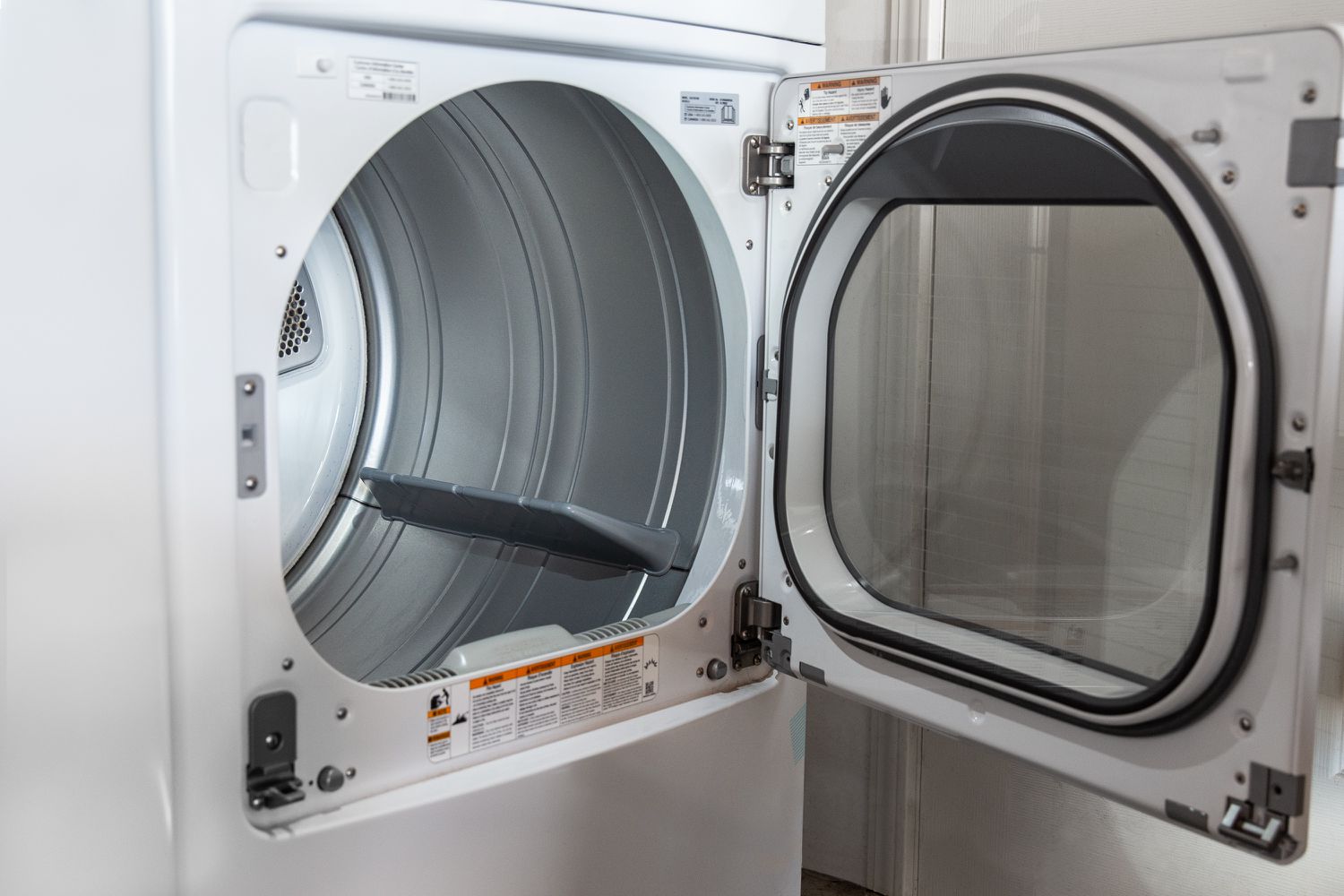

Kitchen Furniture
Why Won’t My Dryer Spin
Modified: March 2, 2024
Having trouble with your dryer? Find helpful articles and tips on why your dryer won't spin and how to fix it.
(Many of the links in this article redirect to a specific reviewed product. Your purchase of these products through affiliate links helps to generate commission for Storables.com, at no extra cost. Learn more)
Introduction
Having a dryer that won’t spin can be a frustrating and inconvenient problem. It can leave you with a pile of wet laundry and the added task of finding an alternative way to dry your clothes. But why won’t your dryer spin? There are several possible causes for this issue, ranging from a simple fix to a more complex repair. In this article, we will explore some of the common reasons why your dryer may not be spinning and provide troubleshooting steps to help you resolve the problem.
Before we dive into the potential causes, it’s important to understand the basic functioning of a dryer. Your dryer’s drum rotates as a result of the motor and the drive belt working together. The motor provides the power to turn the drum, while the drive belt transfers that power from the motor to the drum. If either of these components is faulty or malfunctioning, it can result in a dryer that refuses to spin.
Now, let’s explore some possible causes for a dryer that won’t spin and the steps you can take to troubleshoot each issue.
Key Takeaways:
- Troubleshooting a dryer that won’t spin involves inspecting components like the drive belt, motor, lid switch, idler pulley, and control board. Safety and timely action are crucial for effective resolution.
- Identifying and addressing issues with the drive belt, motor, lid switch, idler pulley, and control board can restore a non-spinning dryer to proper functionality. Prioritize safety and seek professional help if needed.
Read more: Why Wont My Washer Turn On
Possible Causes
When your dryer refuses to spin, there are several potential causes that could be the culprit. Understanding these causes can help you narrow down the issue and determine the necessary steps to fix it. Here are some of the common reasons why your dryer may not be spinning:
- Broken Drive Belt: The drive belt is a crucial component that connects the motor to the drum. Over time, the belt can become worn, stretched, or even snap, causing the drum to stop spinning.
- Motor Malfunction: If the motor itself is faulty or experiencing issues, it may not provide the necessary power to rotate the drum. This could be due to a variety of reasons, such as a burned-out motor or a malfunctioning motor relay.
- Faulty Lid Switch: Most dryers have a lid switch that detects whether the door is open or closed. If the lid switch is malfunctioning or not engaging properly, it can prevent the dryer from starting or the drum from spinning.
- Clogged or Broken Idler Pulley: The idler pulley is responsible for maintaining tension on the drive belt. If the pulley becomes clogged with debris or is broken, it can cause the belt to loosen and prevent the drum from spinning.
- Malfunctioning Control Board: The control board serves as the “brain” of the dryer, regulating various functions. If the control board is defective or experiencing electrical issues, it may disrupt the communication between components, including the motor and drum.
It’s worth noting that these are just a few of the possible causes for a dryer that won’t spin. Other factors, such as a faulty start switch, worn drum rollers, or a malfunctioning timer, could also be to blame. Once you have an idea of the potential causes, you can proceed with troubleshooting steps to identify and resolve the issue.
Broken Drive Belt
One of the most common causes for a dryer that won’t spin is a broken or worn drive belt. The drive belt is responsible for transferring power from the motor to the drum, allowing it to rotate. Over time, the belt can become stretched, frayed, or even snap, rendering the dryer unable to spin.
To diagnose if a broken drive belt is the cause of the issue, you can follow these troubleshooting steps:
- Unplug the dryer: Safety is a top priority when working with any electrical appliance. Before proceeding with any troubleshooting steps, make sure to unplug the dryer from the power source.
- Access the drive belt: Depending on the make and model of your dryer, you will need to access the drive belt by removing the dryer’s front or back panel. Consult the appliance manual or search for specific instructions online for your particular dryer model.
- Inspect the belt: Once you have access to the drive belt, visually inspect it for any signs of damage, such as fraying, cracks, or a complete break. If the belt appears damaged, it will need to be replaced.
- Replace the belt: If you determine that the drive belt is indeed broken, you will need to replace it. Purchase a new drive belt that is compatible with your dryer model and follow the installation instructions provided with the belt.
- Reassemble and test: After installing the new drive belt, reassemble the dryer’s panels and plug it back in. Test the dryer to ensure that the drum now spins properly. If it does, you have successfully resolved the issue.
It’s important to note that replacing a drive belt can vary in difficulty depending on the specific dryer model. If you’re unsure about performing the replacement yourself, it’s recommended to seek assistance from a professional appliance repair technician.
Addressing a broken drive belt promptly is crucial to prevent further damage to other dryer components. By following these troubleshooting steps, you can determine whether a broken drive belt is the cause of your dryer’s spinning issue and take the necessary steps to resolve it.
Motor Malfunction
Another possible cause for a dryer that won’t spin is a motor malfunction. The motor is responsible for providing the necessary power to rotate the drum. If the motor is faulty or experiencing issues, it may not be able to start or sustain the drum’s rotation.
To troubleshoot a motor malfunction, you can follow these steps:
- Unplug the dryer: Before starting any troubleshooting steps, ensure that the dryer is unplugged to avoid the risk of electrical shock.
- Check for blockages: Remove any obstructions or debris from the dryer’s venting system or exhaust ducts. Clogged vents can cause the motor to overheat and malfunction.
- Inspect the motor: Locate the motor of your dryer. Visually inspect it for any visible signs of damage, such as burn marks, loose wires, or worn-out components.
- Test the motor’s continuity: Using a multimeter, test the motor’s continuity to determine if it is functioning properly. Follow the manufacturer’s instructions for testing the motor. If the motor fails the continuity test, it may need to be replaced.
- Replace the motor: If you find that the motor is malfunctioning, you will need to replace it. Consult the appliance manual or contact a professional technician for assistance with motor replacement, as it can be a complex task.
- Reassemble and test: Once the new motor is installed, reassemble the dryer and plug it back in. Test the dryer to ensure that the drum spins properly with the new motor in place.
It’s worth noting that motor malfunctions are often more complex and require expertise to diagnose and repair. If you’re not comfortable performing these troubleshooting steps yourself, it’s recommended to contact a professional appliance repair technician.
Addressing a motor malfunction promptly is crucial to restore your dryer’s functionality. By following these troubleshooting steps, you can determine whether a motor malfunction is the root cause of your dryer’s spinning issue and take appropriate action to resolve it.
Faulty Lid Switch
If your dryer is not spinning, a faulty lid switch could be the culprit. The lid switch is a safety feature that detects whether the dryer’s door is open or closed. It prevents the dryer from starting or the drum from spinning when the door is open to protect users from potential accidents.
To troubleshoot a faulty lid switch, follow these steps:
- Unplug the dryer: Always unplug the dryer from the power source before attempting any troubleshooting or repairs to ensure your safety.
- Locate the lid switch: Depending on the dryer model, the lid switch is usually located near the door hinge or inside the dryer’s front panel. Refer to the appliance manual or search online for the specific location of the lid switch on your dryer.
- Inspect the lid switch: Visually inspect the lid switch for any visible damage or loose connections. A damaged lid switch may need to be replaced.
- Test the lid switch for continuity: Use a multimeter to check the lid switch for continuity. Follow the manufacturer’s instructions to perform the continuity test. If the lid switch fails the test, it is likely faulty and should be replaced.
- Replace the lid switch: Purchase a replacement lid switch that is specifically designed for your dryer model. Follow the installation instructions provided with the new lid switch, or consult a professional technician for assistance.
- Reassemble and test: Once the new lid switch is installed, reassemble the dryer and plug it back in. Close the door and test the dryer to ensure that the drum now spins properly.
If you’re unsure about performing these troubleshooting steps yourself or don’t have the necessary tools, it’s best to contact a professional appliance repair technician for assistance. They have the expertise and experience to diagnose and repair lid switch issues accurately.
By following these troubleshooting steps, you can determine if a faulty lid switch is the reason why your dryer is not spinning and take the necessary steps to resolve the issue.
Read more: Why Wont My Fan Turn On
Clogged or Broken Idler Pulley
If your dryer is not spinning, a clogged or broken idler pulley could be the cause. The idler pulley is responsible for maintaining tension on the drive belt, which allows the drum to spin smoothly. If the pulley becomes clogged with debris or is broken, it can cause the belt to loosen, resulting in a drum that does not rotate.
Follow these steps to troubleshoot a clogged or broken idler pulley:
- Unplug the dryer: Before starting any troubleshooting or repairs, disconnect the dryer from the power source to ensure your safety.
- Access the idler pulley: Depending on your dryer model, you may need to remove the dryer’s front or back panel to access the idler pulley. Consult the appliance manual or search online for specific instructions.
- Inspect the idler pulley: Once you have access to the idler pulley, inspect it for any signs of clogs or damage. Remove any debris that may have accumulated on or around the pulley.
- Check for damage: Examine the idler pulley for any visible signs of cracks, breakage, or excessive wear. If the pulley is damaged, it will need to be replaced.
- Replace the idler pulley: If the idler pulley is clogged or broken, you will need to replace it. Purchase a new idler pulley that is compatible with your dryer model and follow the installation instructions provided with the replacement pulley.
- Reassemble and test: Once the new idler pulley is installed, reassemble the dryer and plug it back in. Test the dryer to ensure that the drum spins properly with the new idler pulley in place.
It’s important to note that idler pulley replacement can vary in difficulty depending on your specific dryer model. If you’re unsure about performing the replacement yourself, or if you encounter any difficulties during the process, it’s recommended to seek assistance from a professional appliance repair technician.
By following these troubleshooting steps, you can determine if a clogged or broken idler pulley is the reason why your dryer is not spinning and take the necessary steps to resolve the issue.
Malfunctioning Control Board
A malfunctioning control board can also be a potential cause for a dryer that won’t spin. The control board serves as the “brain” of the dryer, regulating various functions and coordinating the communication between different components, including the motor and the drum.
To troubleshoot a malfunctioning control board, follow these steps:
- Unplug the dryer: Prior to any troubleshooting or repairs, ensure that the dryer is unplugged from the power source to prevent any electrical accidents.
- Inspect the control board: Access the control board, usually located behind the control panel or inside the dryer’s cabinet. Inspect the board for obvious signs of damage, such as burns, loose wires, or blown capacitors.
- Check for loose connections: Verify that all connections to the control board are securely fitted. Loose or disconnected wires can disrupt the proper functioning of the control board. Secure any loose connections found.
- Test the control board: If there are no visible signs of damage or loose connections, but the control board is still suspected to be the cause, it may require further testing with specialized equipment. It’s recommended to consult a professional appliance repair technician for this step.
- Replace the control board: If the control board is confirmed to be malfunctioning and needs replacement, purchase a new control board that is compatible with your dryer model. Follow the manufacturer’s instructions or consult a professional technician for assistance with the replacement process.
- Reassemble and test: After replacing the control board, reassemble the dryer and plug it back in. Test the dryer to ensure that the drum now spins properly with the new control board.
It’s important to note that working with control boards and electrical components can be complex and potentially hazardous. If you’re not comfortable with electronics or lack the necessary expertise, it’s best to seek assistance from a professional appliance repair technician to diagnose and fix control board issues.
By following these troubleshooting steps, you can determine if a malfunctioning control board is causing your dryer to not spin and take the necessary steps to resolve the issue.
Check the belt and motor to ensure they are functioning properly. Also, inspect the drum rollers and idler pulley for any signs of wear or damage.
Troubleshooting Steps
When your dryer refuses to spin, it can be frustrating, but identifying and resolving the issue is possible with some troubleshooting steps. Here are some general steps you can take to troubleshoot and potentially resolve the problem:
- Unplug the dryer: Before starting any troubleshooting or repairs, make sure to unplug the dryer from the power source for your safety.
- Check the power supply: Ensure that the dryer is receiving adequate power by checking the circuit breaker or fuse box. Reset any tripped breakers or replace blown fuses, if necessary.
- Inspect the drum: Open the dryer door and manually spin the drum. If it spins freely without any obstruction or resistance, move on to the next step. If the drum feels stuck or difficult to rotate, there may be an issue with the drum rollers or the belt.
- Inspect the drive belt: Remove the dryer’s front or back panel to access the drive belt. Inspect the belt for signs of damage, such as fraying, stretching, or breakage. If the belt appears damaged, it will need to be replaced.
- Check the motor: Visually inspect the motor for any visible damage or loose connections. Test the motor’s continuity using a multimeter to verify if it is functioning properly. If the motor is defective, it may need to be replaced.
- Test the lid switch: Locate the lid switch, typically near the door hinge or inside the dryer’s front panel. Test the lid switch for continuity using a multimeter. If the lid switch fails the test, it may need to be replaced.
- Inspect the idler pulley: Examine the idler pulley for clogs or damage. Clear any debris and replace the pulley if necessary. A broken idler pulley can cause the drive belt to loosen, resulting in a drum that does not spin.
- Check the control board: Assess the control board for visible damage or loose connections. If there are no apparent issues, further testing may be required with professional equipment to determine if it is malfunctioning.
It’s important to note that these troubleshooting steps provide a general guideline. The specific steps and components to check may vary depending on your dryer’s make and model. Consult the appliance manual or seek professional assistance if you’re unsure or uncomfortable with any step of the troubleshooting process.
By following these troubleshooting steps, you can identify potential causes for your dryer not spinning and take the appropriate action to resolve the issue.
Inspect the Drive Belt
When your dryer fails to spin, one of the first components to inspect is the drive belt. The drive belt is responsible for transferring power from the dryer’s motor to the drum, allowing it to rotate. Over time, the drive belt can become worn, stretched, or even snap, causing the drum to stop spinning.
To inspect the drive belt, follow these steps:
- Unplug the dryer: Prior to any inspection or repairs, always disconnect the dryer from the power source for safety.
- Locate the drive belt: Depending on your dryer model, the drive belt will be found either at the front or back of the dryer. Refer to the appliance manual or search for specific instructions for your particular dryer model.
- Access the drive belt: Remove the dryer’s front or back panel, or open the dryer’s top lid to gain access to the drive belt. Some dryers may have a service panel specifically for accessing the belt. Again, consult the appliance manual or search online for instructions.
- Inspect the belt for damage: Once you have access to the drive belt, visually inspect it for any signs of damage. Look for fraying, cracks, or a complete break in the belt. If any damage is present, the drive belt will need to be replaced.
- Check the tension of the belt: While inspecting the drive belt, also check its tension. A loose or slack belt can prevent the drum from spinning. It should have a firm and snug fit around the drum.
- Replace the drive belt if necessary: If you determine that the drive belt is damaged or too loose, it will need to be replaced. Purchase a new drive belt that is compatible with your dryer model. Follow the manufacturer’s instructions or consult a professional technician for assistance with the replacement process.
- Reassemble and test: Once the new drive belt is installed, reassemble the dryer, and plug it back into the power source. Test the dryer to ensure that the drum spins properly with the new drive belt in place.
It’s important to note that replacing a drive belt can vary in difficulty depending on your specific dryer model. If you’re unsure about performing the replacement yourself, it’s best to seek assistance from a professional appliance repair technician.
By inspecting the drive belt, you can determine if it is the cause of your dryer’s spinning issue and take the appropriate steps to resolve it. Regularly checking the condition and tension of the drive belt can help prevent future problems and prolong the life of your dryer.
Read more: Why Wont My Toilet Unclog
Check the Motor
Another important component to check when your dryer won’t spin is the motor. The motor is responsible for providing the power necessary to rotate the drum. If the motor is malfunctioning or experiencing issues, it may not be able to start or maintain the drum’s rotation.
To check the motor, follow these steps:
- Unplug the dryer: Before starting any inspection or repairs, ensure that the dryer is unplugged from the power source for safety.
- Locate the motor: The motor is typically located at the back of the dryer. Consult the appliance manual or search online for the specific location of the motor in your dryer model.
- Visually inspect the motor: Look for any visible signs of damage, such as burns, loose wires, or worn-out components. Check for loose connections and ensure that all wires are securely attached.
- Test the motor’s continuity: To determine if the motor is functioning properly, you can perform a continuity test using a multimeter. Follow the manufacturer’s instructions for testing the motor’s continuity. If the motor fails the continuity test, it may indicate a defective motor that needs to be replaced.
- Replace the motor if necessary: If you find that the motor is damaged or not functioning correctly, it will need to be replaced. Purchase a new motor that is compatible with your dryer model. Follow the manufacturer’s instructions or consult a professional technician for assistance with the motor replacement process.
- Reassemble and test: Once the new motor is installed, reassemble the dryer and plug it back in. Test the dryer to ensure that the drum now spins properly with the new motor in place.
It’s important to note that working with electrical components can be dangerous. If you’re not comfortable with electrical work or lack the necessary experience, it’s recommended to seek professional assistance from an appliance repair technician.
By checking the motor, you can determine if it is the cause of your dryer not spinning and take the necessary steps to resolve the issue. Addressing motor problems promptly can help restore your dryer’s functionality and prevent further damage to other components.
Test the Lid Switch
The lid switch is an essential safety feature in a dryer that detects whether the dryer door is open or closed. If the lid switch is faulty or not engaging properly, it can prevent the dryer from starting or the drum from spinning. To check the lid switch, follow these steps:
- Unplug the dryer: Before starting any troubleshooting steps, ensure that the dryer is disconnected from the power source for safety.
- Locate the lid switch: The lid switch is typically found near the door hinge or inside the dryer’s housing. Consult the appliance manual or search online for the specific location of the lid switch in your dryer model.
- Inspect the lid switch: Visually inspect the lid switch for any visible damage or loose connections. Check to see if it is properly aligned with the dryer’s door mechanism.
- Test the lid switch for continuity: Using a multimeter set to the continuity or ohms setting, test the lid switch to determine if it is functioning properly. Follow the manufacturer’s instructions or consult a professional technician for guidance on performing the continuity test.
- Replace the lid switch if necessary: If the lid switch fails the continuity test or shows signs of damage, it may need to be replaced. Purchase a new lid switch that is compatible with your dryer model and follow the manufacturer’s instructions or consult a professional technician for assistance with the replacement process.
- Reassemble and test: Once the new lid switch is installed, reassemble the dryer and plug it back in. Close the dryer door and test the dryer to ensure that the drum now spins properly with the new lid switch in place.
If you’re unsure about performing these troubleshooting steps yourself or if you encounter any difficulties, it’s best to seek assistance from a professional appliance repair technician. They have the expertise and experience to safely diagnose and repair lid switch issues.
By testing the lid switch, you can determine if it is the cause of your dryer not spinning and take the necessary steps to resolve the issue. Ensuring the proper functioning of the lid switch is crucial for the overall safety and performance of your dryer.
Examine the Idler Pulley
If your dryer is not spinning, a clogged or broken idler pulley could be the culprit. The idler pulley is responsible for maintaining tension on the drive belt, which allows the drum to rotate smoothly. If the idler pulley becomes clogged with debris or is broken, it can cause the drive belt to loosen, preventing the drum from spinning.
To examine the idler pulley, follow these steps:
- Unplug the dryer: Before beginning any troubleshooting or repairs, ensure that the dryer is disconnected from the power source to avoid any electrical accidents.
- Locate the idler pulley: The idler pulley is typically found near the motor, providing tension to the drive belt. Consult the appliance manual or search online to identify the exact location of the idler pulley in your dryer model.
- Inspect the idler pulley: Visually inspect the idler pulley for any visible signs of clogs or damage. Check for accumulated debris around the pulley, as this can affect its functionality.
- Check for damage: Examine the idler pulley for cracks, breakage, or excessive wear. If you notice any damage, the idler pulley will likely need to be replaced.
- Clear any clogs: If the idler pulley is clogged with debris, carefully remove the obstruction using a clean cloth or brush. Ensure that the pulley can rotate freely without any hindrances.
- Replace the idler pulley if necessary: If the idler pulley is damaged or broken, it will need to be replaced. Purchase a new idler pulley that is compatible with your dryer model and follow the manufacturer’s instructions or consult a professional technician for assistance with the replacement process.
- Reassemble and test: After installing the new idler pulley, reassemble the dryer and plug it back in. Test the dryer to ensure that the drum now spins properly with the new idler pulley in place.
It’s important to exercise caution during the inspection and handling of the idler pulley to prevent any injuries or further damage. If you’re uncertain about performing these troubleshooting steps or encounter any difficulties, it’s recommended to seek assistance from a professional appliance repair technician.
By examining the idler pulley, you can determine if it is the cause of your dryer not spinning and take the necessary steps to resolve the issue. Addressing idler pulley problems promptly can help restore your dryer’s functionality and ensure the smooth operation of the drive belt.
Assess the Control Board
If your dryer is not spinning, a malfunctioning control board could be the reason. The control board acts as the “brains” of the dryer, regulating various functions and coordinating communication between different components, including the motor and the drum. If the control board is defective or experiencing electrical issues, it may disrupt the proper operation of the dryer, causing the drum to not spin.
To assess the control board, follow these steps:
- Unplug the dryer: Ensure that the dryer is disconnected from the power source to avoid any electrical accidents during the assessment.
- Locate the control board: The control board is usually located behind the control panel or inside the dryer’s cabinet. Consult the appliance manual or search online for the specific location of the control board in your dryer model.
- Inspect the control board: Visually examine the control board for signs of damage, such as burn marks, loose wires, or blown capacitors. Check for any loose connections and make sure all wires are securely attached.
- Check for electrical issues: Use a multimeter to test the electrical connections on the control board for continuity and voltage. Follow the manufacturer’s instructions or consult a professional technician for guidance on performing these tests.
- Replace the control board if necessary: If the control board shows signs of damage or electrical issues and is confirmed to be the cause of the spinning problem, it will need to be replaced. Purchase a new control board that is compatible with your dryer model and follow the manufacturer’s instructions or consult a professional technician for assistance with the replacement process.
- Reassemble and test: Once the new control board is installed, reassemble the dryer and plug it back in. Test the dryer to ensure that the drum now spins properly with the new control board in place.
It’s important to note that working with control boards and electrical components can be hazardous. If you’re uncertain about assessing the control board yourself or encounter any difficulties, it’s recommended to seek assistance from a professional appliance repair technician.
By assessing the control board, you can determine if it is the cause of your dryer not spinning and take the necessary steps to resolve the issue. Addressing control board problems promptly can help restore your dryer’s functionality and ensure proper communication between components.</p
Read more: Why Wont My GE Washer Spin
Conclusion
A dryer that won’t spin can be a frustrating issue to deal with. However, by understanding the potential causes and following the appropriate troubleshooting steps, you can often resolve the problem and get your dryer back in working order. Throughout this article, we have explored some of the common reasons why a dryer may not be spinning and provided guidance on how to address each issue.
We started by discussing possible causes, including a broken drive belt, motor malfunction, faulty lid switch, clogged or broken idler pulley, and a malfunctioning control board. Each of these components plays a crucial role in the operation of a dryer, and problems with any of them can lead to the drum not spinning.
We then provided detailed troubleshooting steps for each potential cause. By inspecting the drive belt, checking the motor, testing the lid switch, examining the idler pulley, and assessing the control board, you can pinpoint the specific issue and take appropriate action to resolve it.
It’s important to note that while these troubleshooting steps can address many common issues, every dryer is different, and there may be additional factors to consider. If you’re uncertain or uncomfortable with any of the troubleshooting steps, it’s best to seek assistance from a professional appliance repair technician.
In conclusion, a dryer that won’t spin can be caused by various factors, ranging from simple fixes like replacing a drive belt to more complex issues involving the motor or control board. By carefully inspecting and testing each component, you can identify the root cause and take the necessary steps to restore your dryer to proper functionality.
Remember to prioritize safety throughout the troubleshooting and repair process. Always unplug the dryer before conducting any inspections or repairs, and if you’re unsure or uncomfortable with any step, seek professional help.
We hope that this article has provided you with valuable insights and guidance on troubleshooting a dryer that won’t spin. With proper diagnosis and timely action, you’ll soon have your dryer functioning as good as new, allowing you to once again enjoy the convenience of dry, fluffy laundry.
Frequently Asked Questions about Why Won't My Dryer Spin
Was this page helpful?
At Storables.com, we guarantee accurate and reliable information. Our content, validated by Expert Board Contributors, is crafted following stringent Editorial Policies. We're committed to providing you with well-researched, expert-backed insights for all your informational needs.
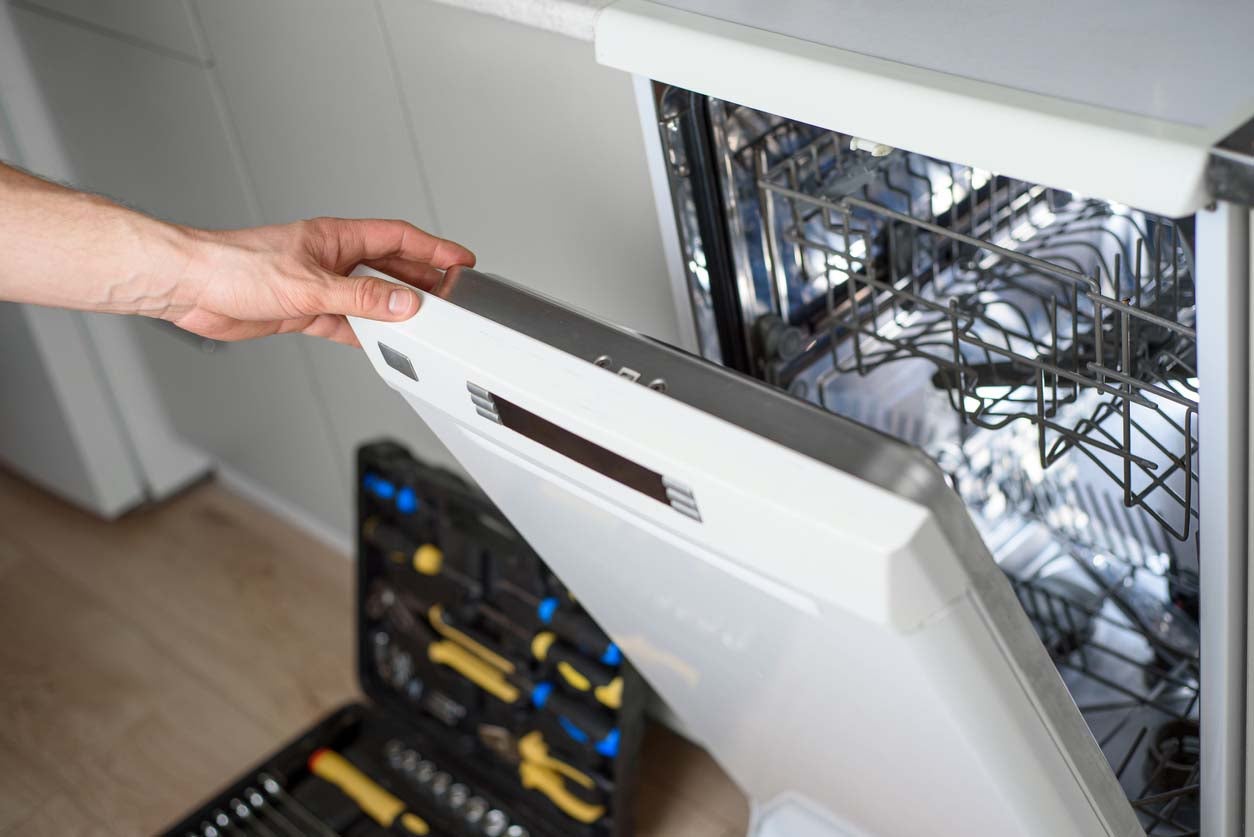
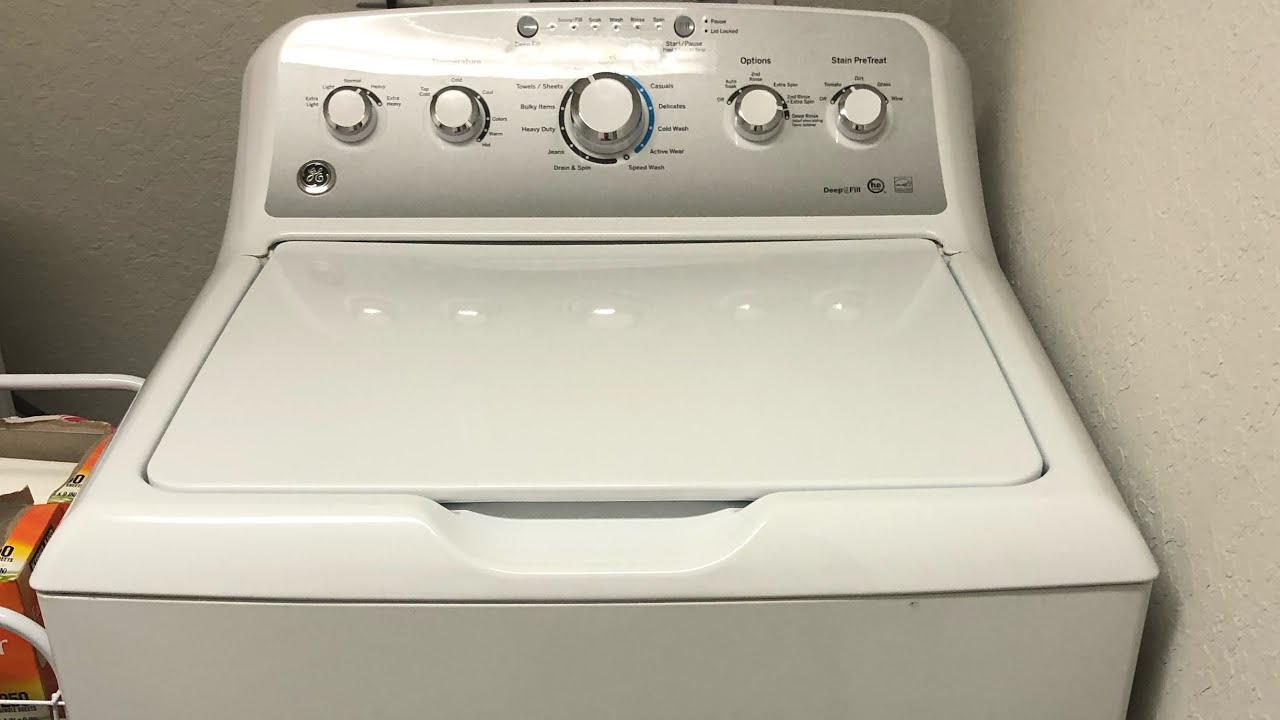
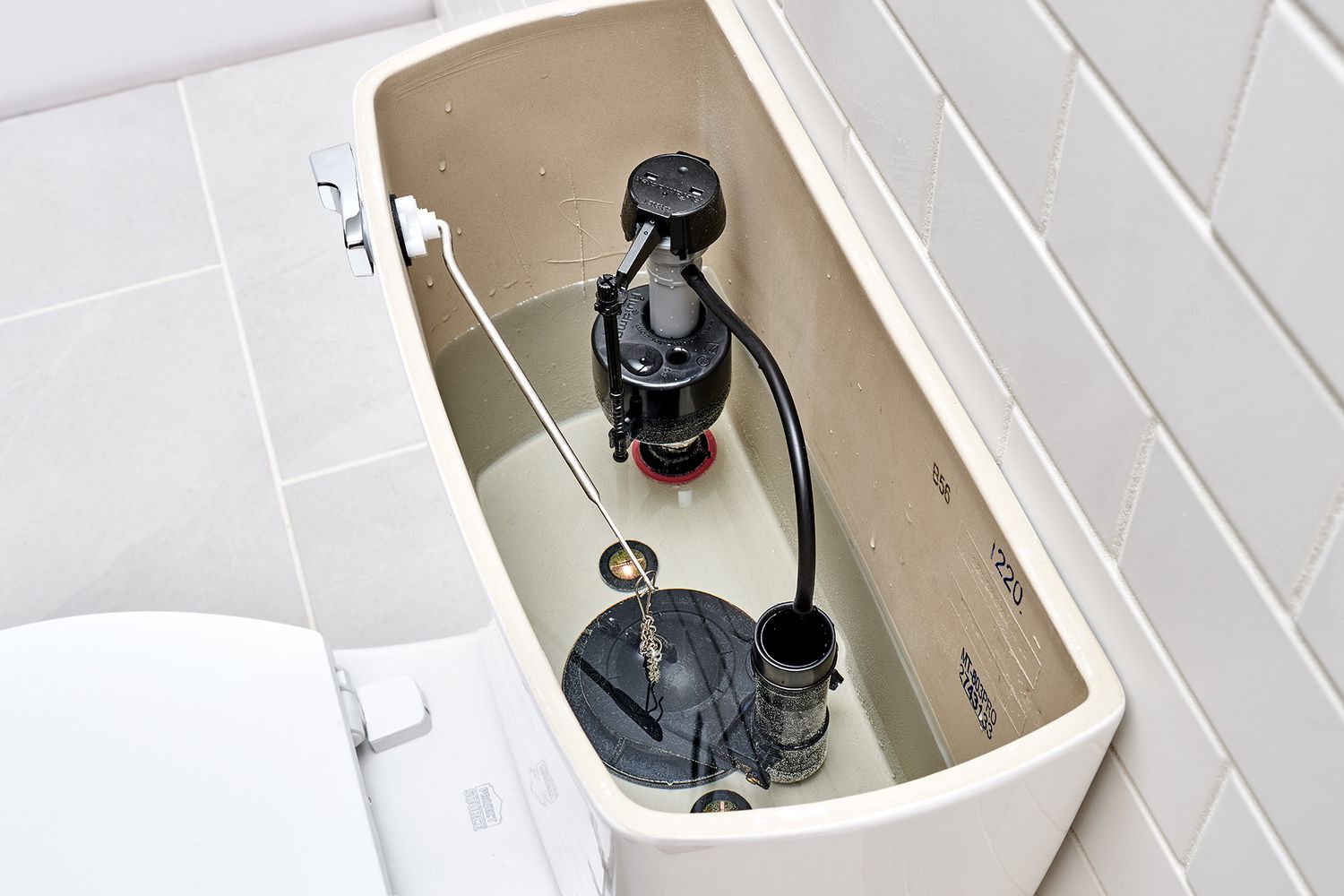
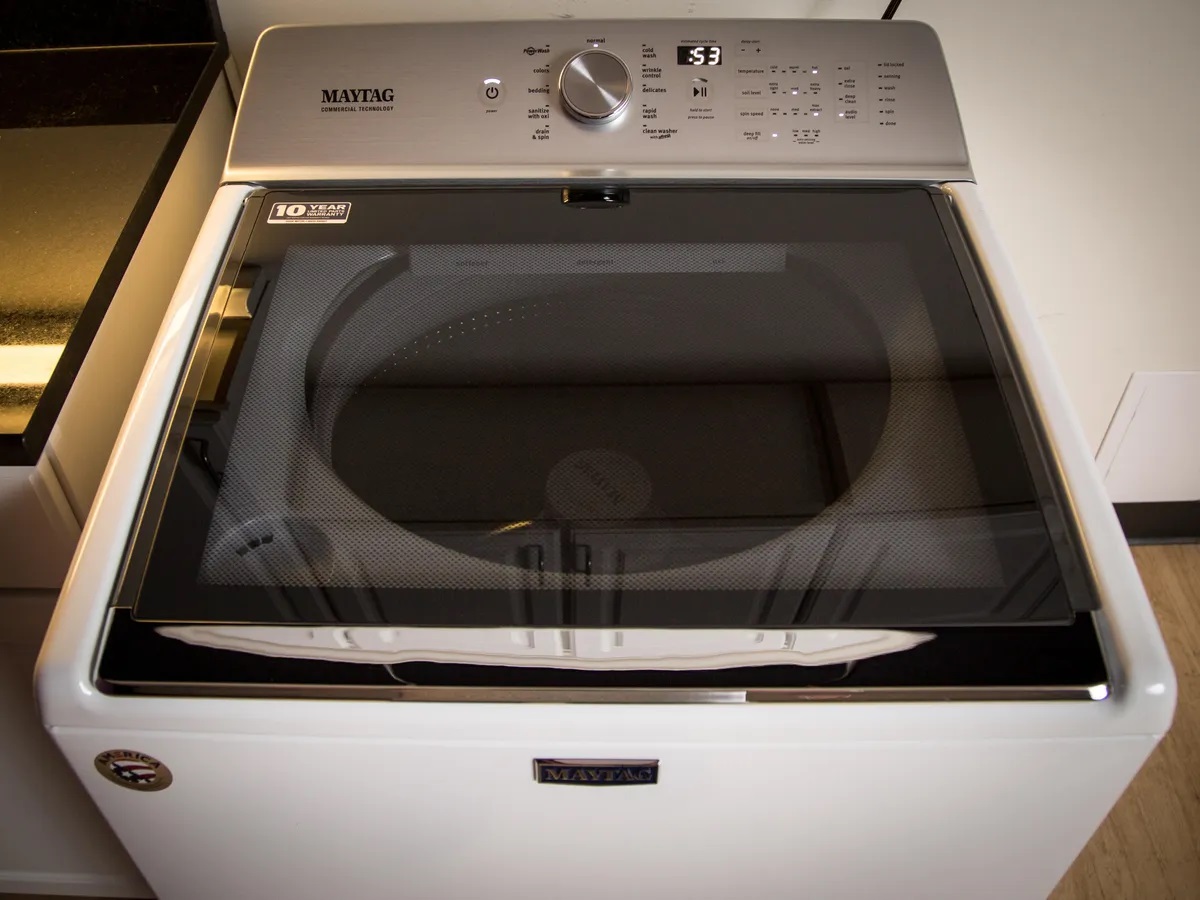
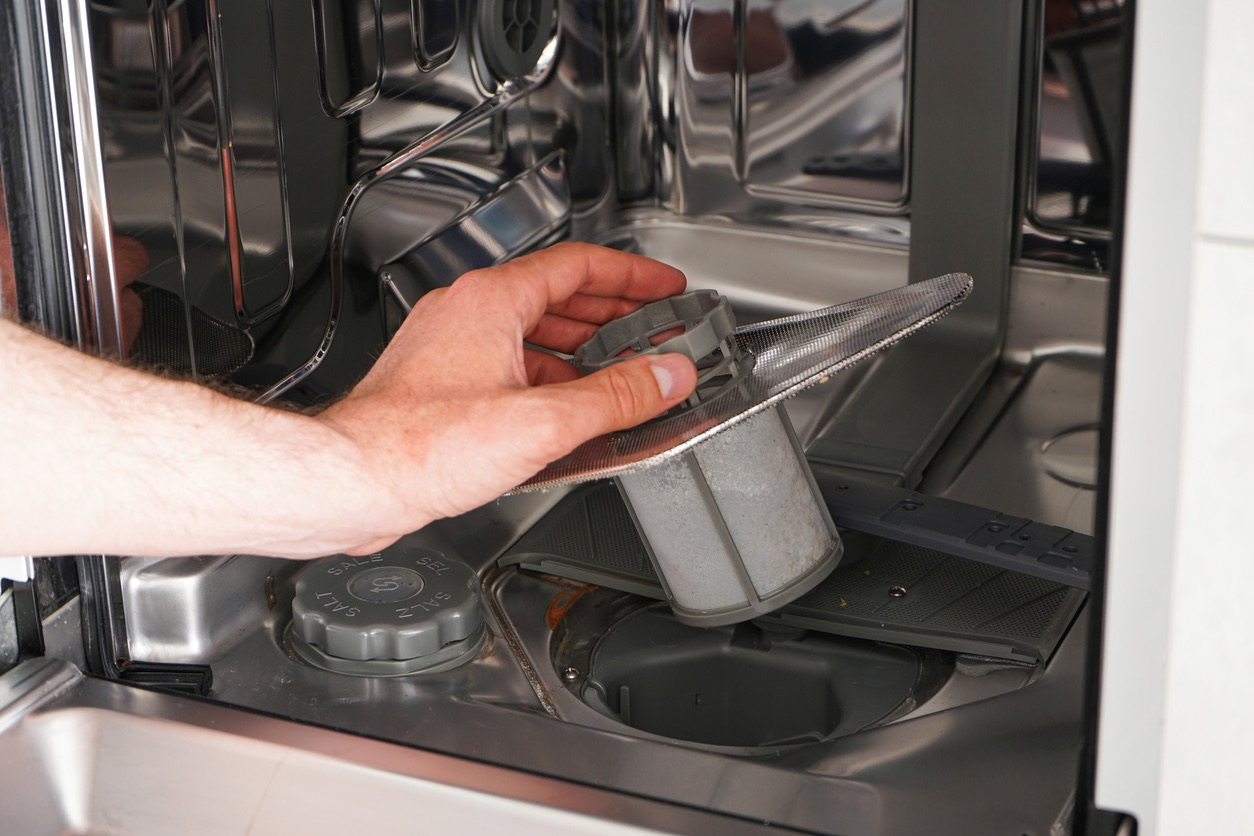
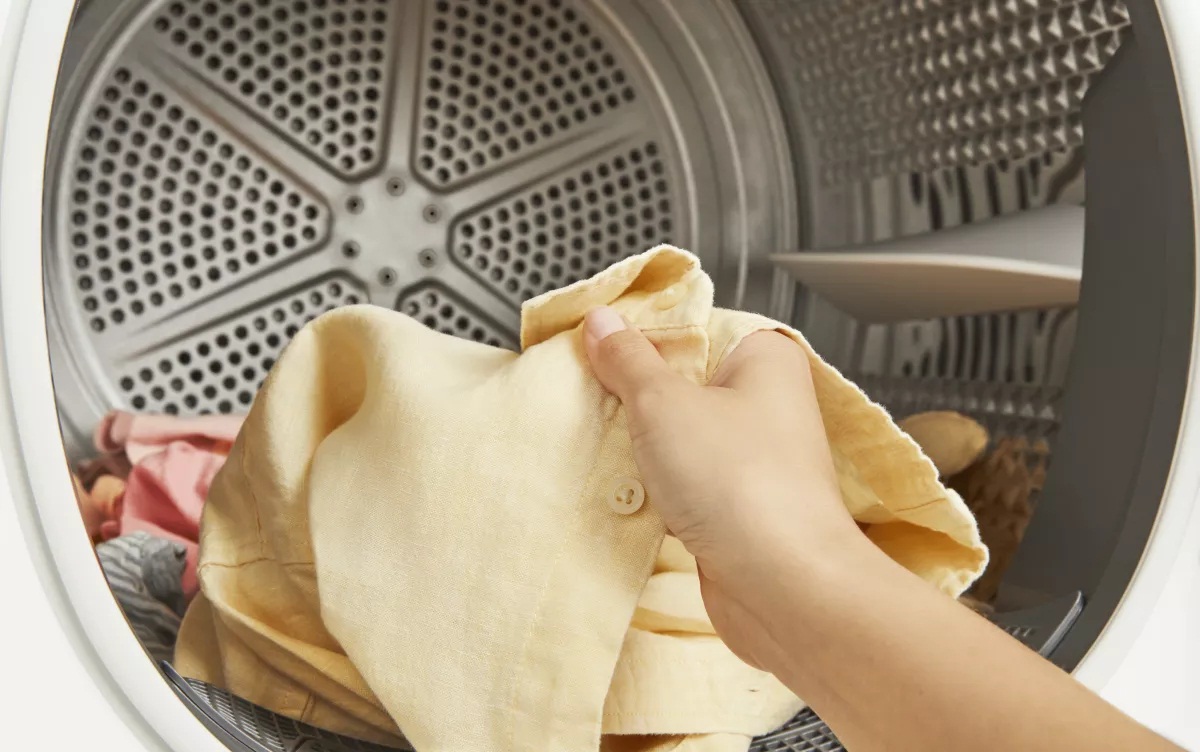
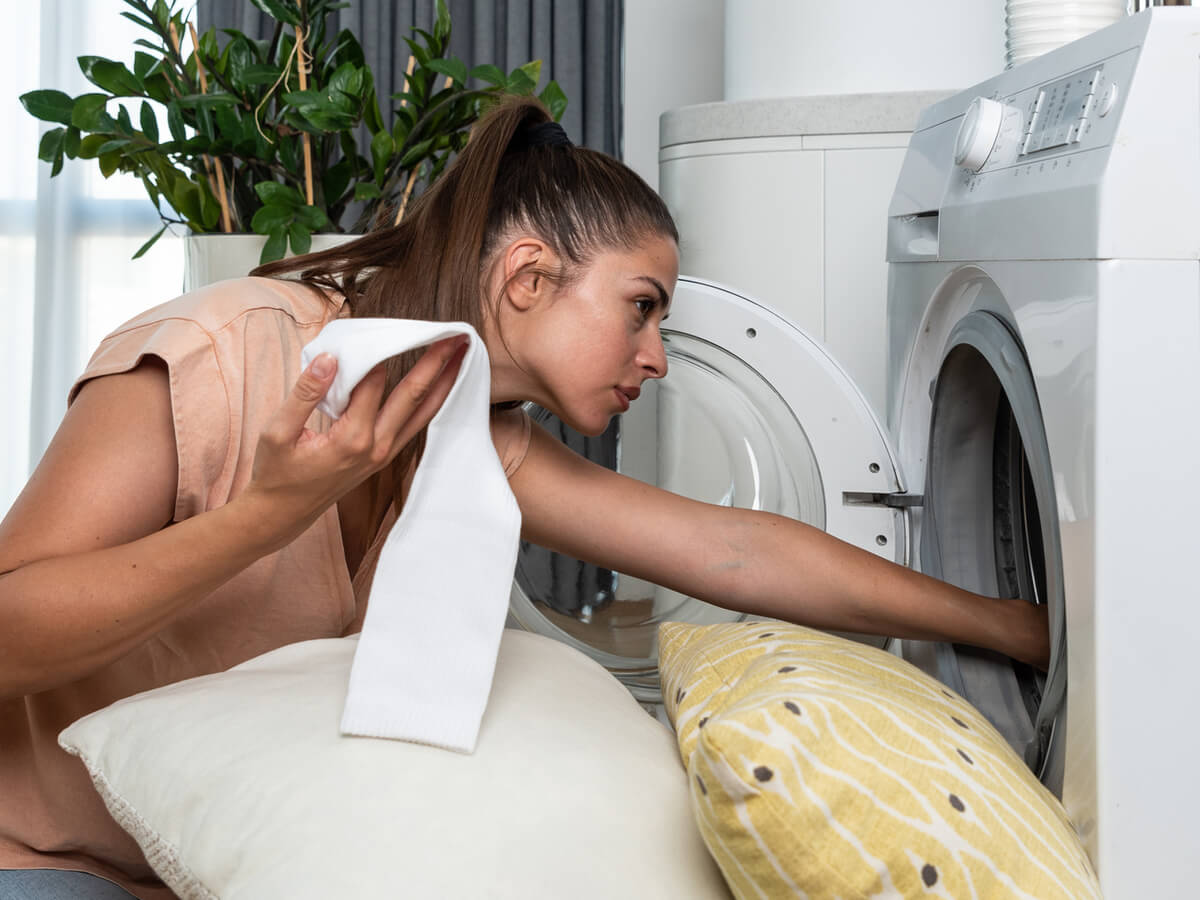
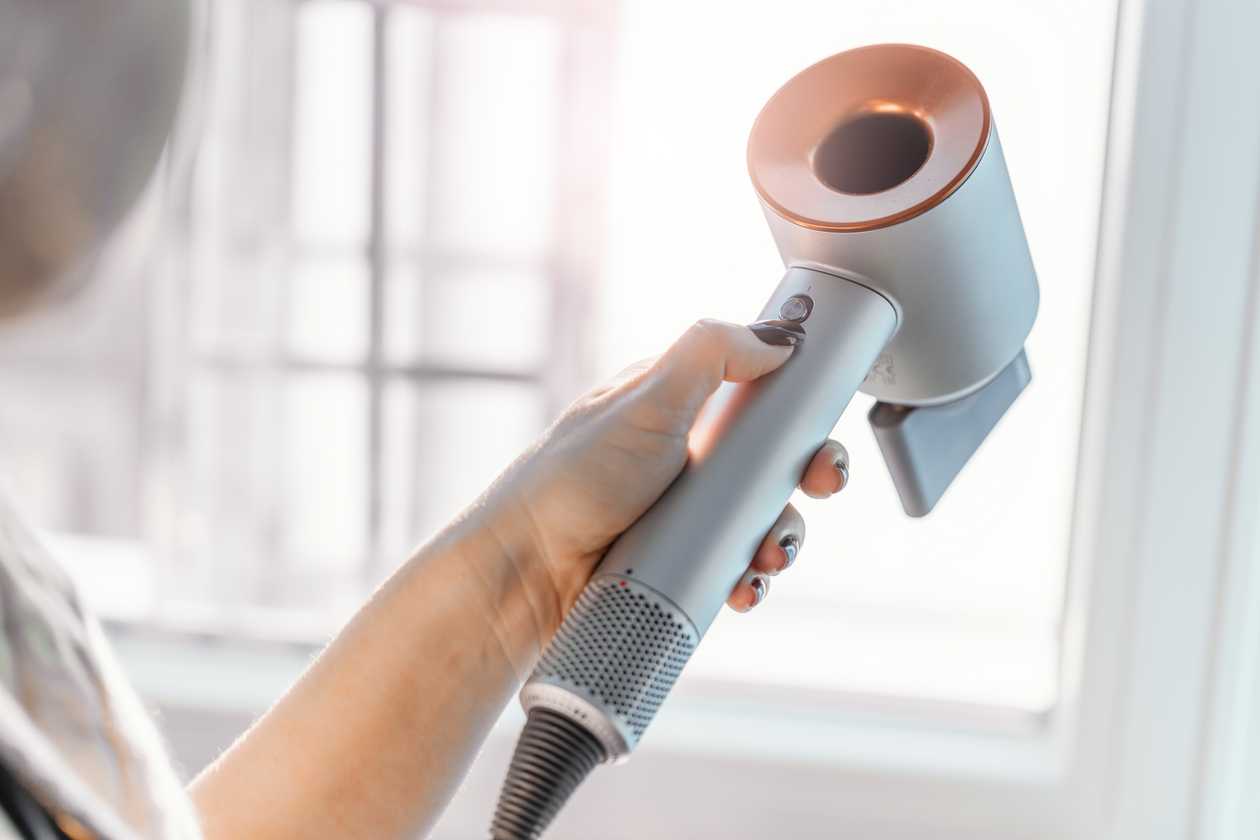
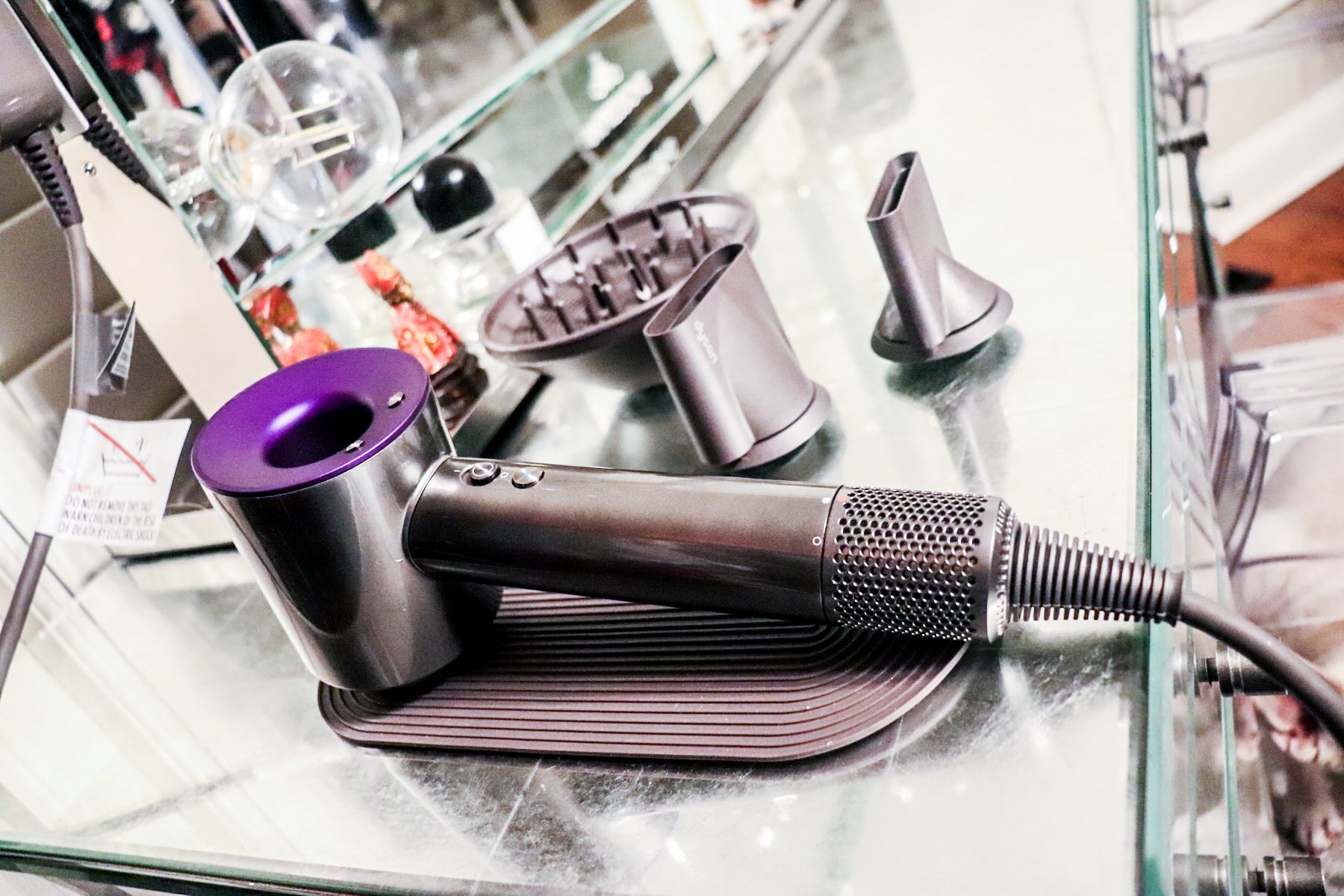
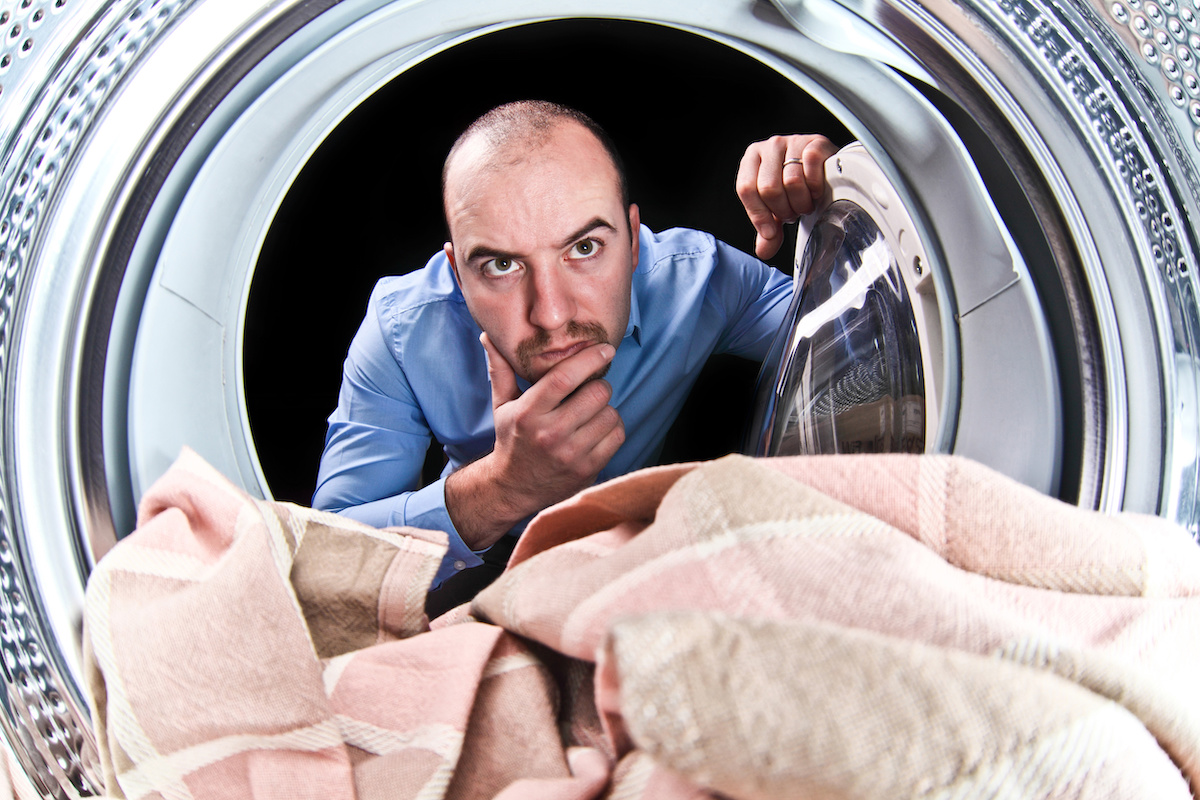
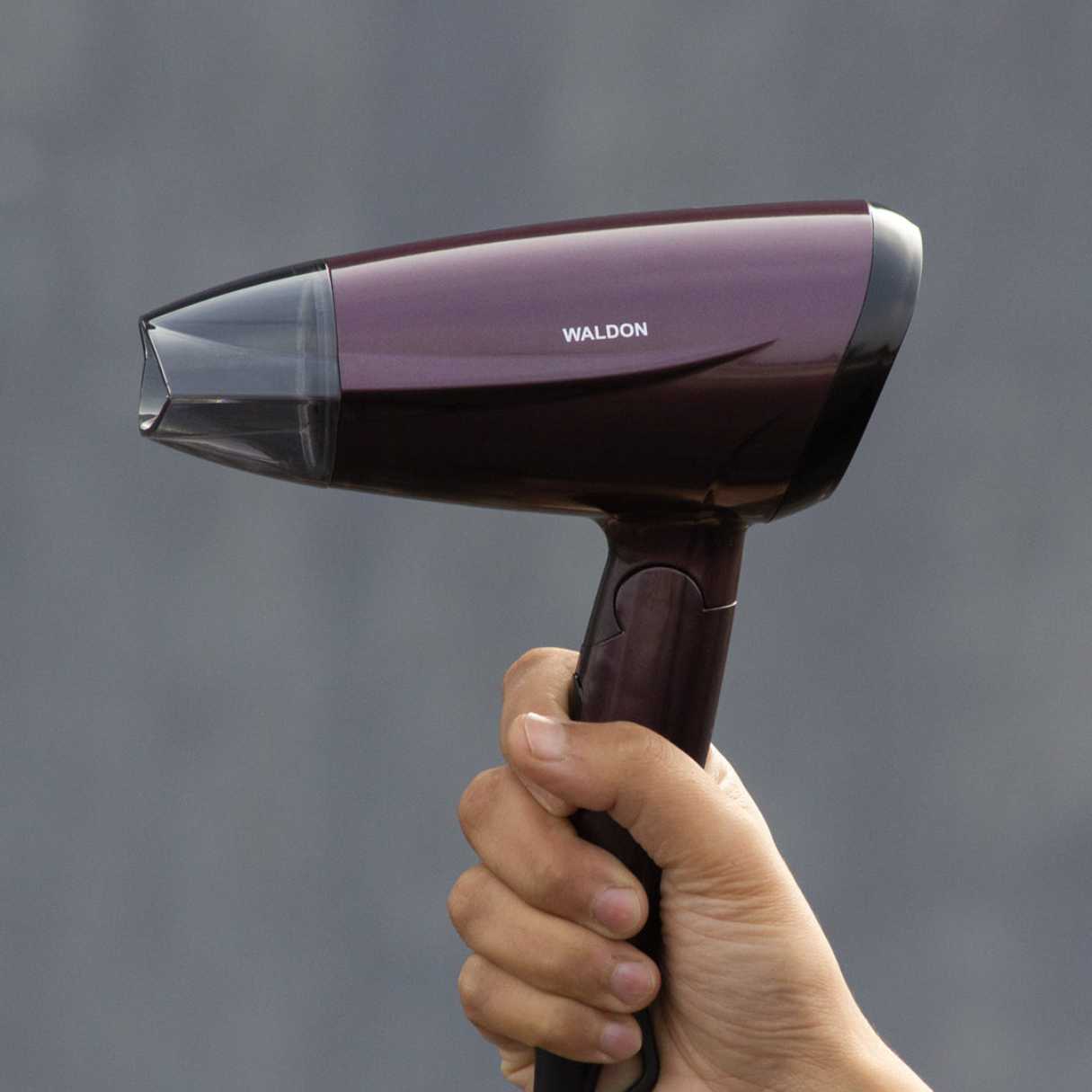
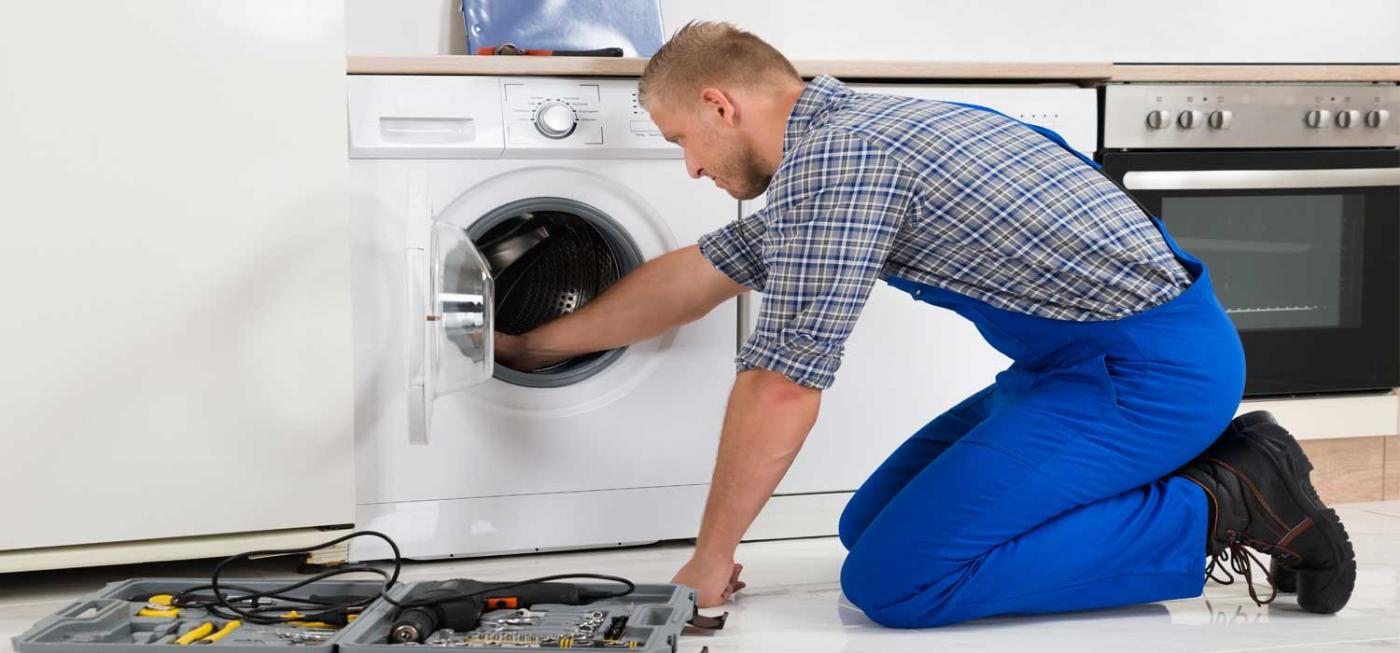

0 thoughts on “Why Won’t My Dryer Spin”